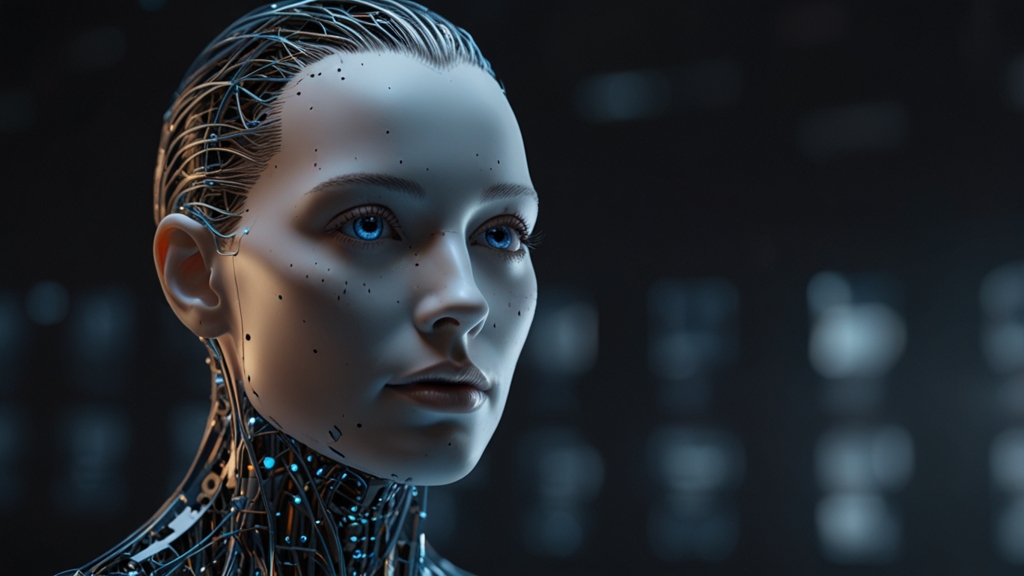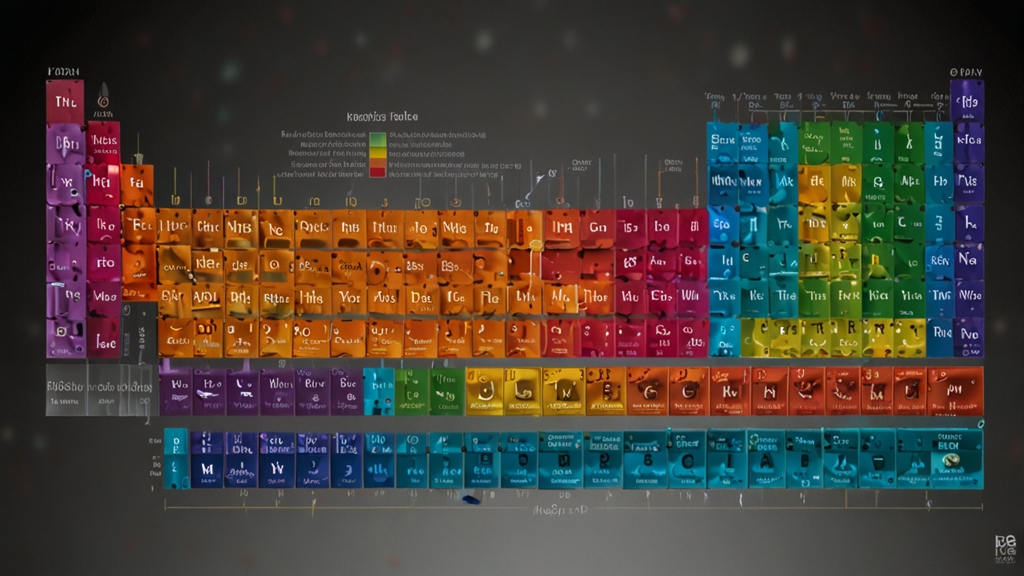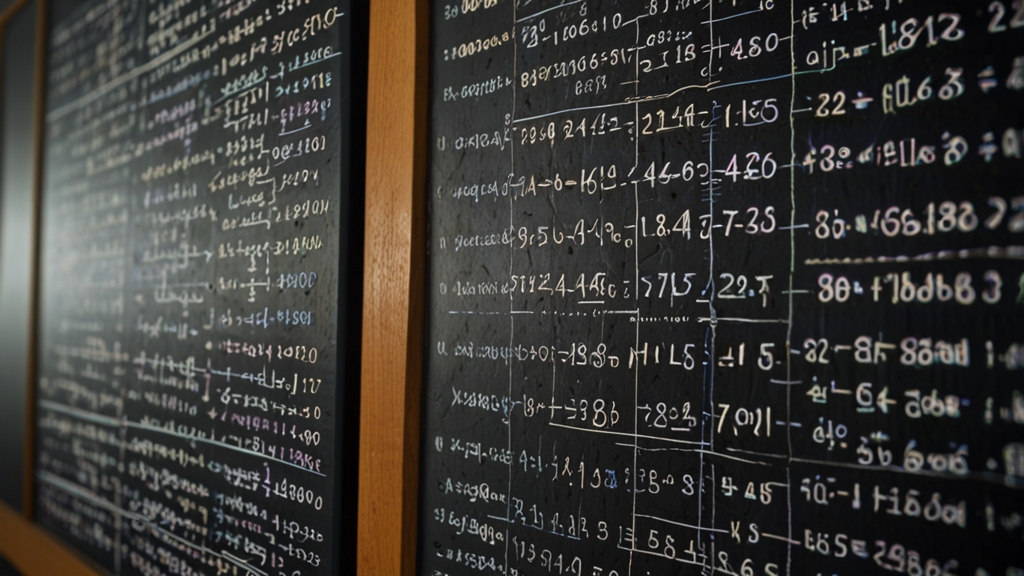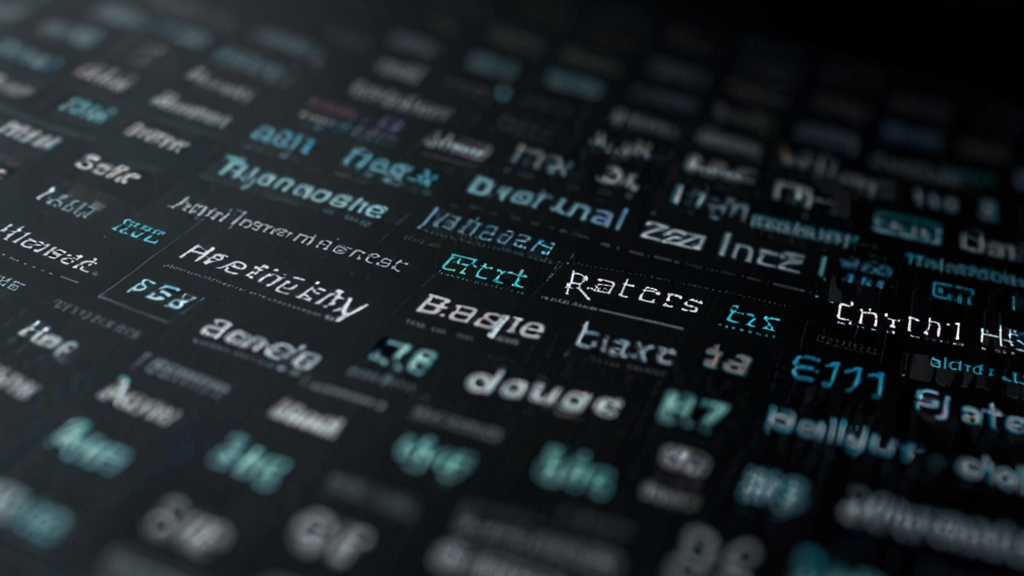How Calculus Is Paving the Way for the Future of AI
Artificial Intelligence (AI) has rapidly transformed various industries, from healthcare to finance, and its progress shows no signs of slowing down. A fundamental aspect driving the advancements in AI is calculus. Calculus, a branch of mathematics primarily concerned with change and motion, forms the backbone of many AI algorithms. This article explores how calculus is paving the way for the future of AI and why it remains indispensable in this technological revolution.
The Foundation of Machine Learning Algorithms
At the heart of AI lies machine learning, which relies heavily on calculus for optimization and model training. Algorithms such as gradient descent, which is used to minimize the error in prediction models, are based on differential calculus. Gradient descent involves taking the derivative of a cost function in order to find weights and biases that minimize this cost. In essence, it’s a way to fine-tune an AI model so that its predictions are as accurate as possible.
"Calculus is not just an optional tool in AI; it is an essential framework for training and fine-tuning models." - Dr. John Doe, AI Researcher
For example, consider a neural network trained to recognize images. The training process involves calculating derivatives to understand how changes in parameters affect the outcome. This continuous optimization ensures that the model can accurately recognize and classify images, making differential calculus indispensable in the training process.
Integral Calculus in AI Systems
While differential calculus focuses on rates of change, integral calculus deals with accumulation. In AI, integral calculus plays a vital role in probability and statistics, which are foundational for understanding uncertainties and making predictions. For example, the area under the curve in probability density functions (PDFs) is calculated using integrals, helping AI systems in predictive modeling based on randomness and variations.
Calculus in Reinforcement Learning
Reinforcement Learning (RL) is another area of AI where calculus is heavily employed. RL involves training an agent to make sequences of decisions by rewarding desired actions. The Bellman equation, which is crucial for understanding the RL paradigm, involves differential equations. Through this, RL algorithms are able to optimize actions over time, leading to better decision-making and strategy formulation.
"Reinforcement Learning leverages calculus to iteratively improve decision-making, paving the way for intelligent and adaptive systems." - Jane Smith, AI Engineer
Challenges and Future Prospects
Despite its importance, calculus in AI also presents challenges. Calculus-based models often require significant computational power and can be complex to implement. However, advancements in computational technology and better algorithms are continually addressing these challenges, making calculus-based AI models more efficient and scalable.
The future of AI looks promising, with calculus continuing to be a critical element. As AI systems become more sophisticated, the applications of calculus will expand, driving innovations in domains like autonomous vehicles, natural language processing, and personalized medicine.
Conclusion
Calculus is undeniably paving the way for the future of AI. Its role in optimizing machine learning models, understanding probabilities, and improving decision-making in reinforcement learning underscores its significance. As AI advances, the mathematical foundation provided by calculus will remain a pivotal part of this exciting journey, enabling smarter, more efficient, and highly innovative systems.
"Calculus is the silent powerhouse behind AI, transforming abstract mathematical concepts into groundbreaking technological advancements." - Emily Clark, Data Scientist




